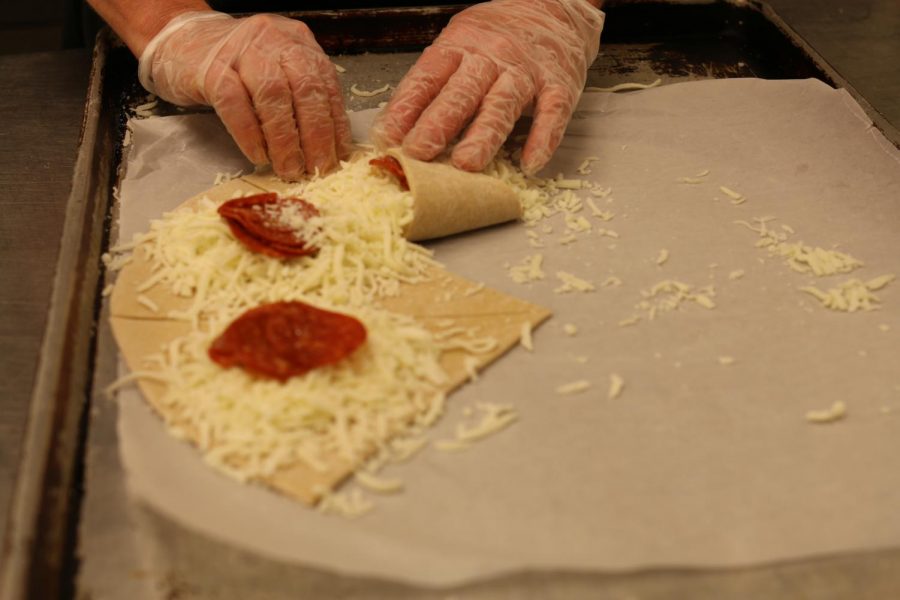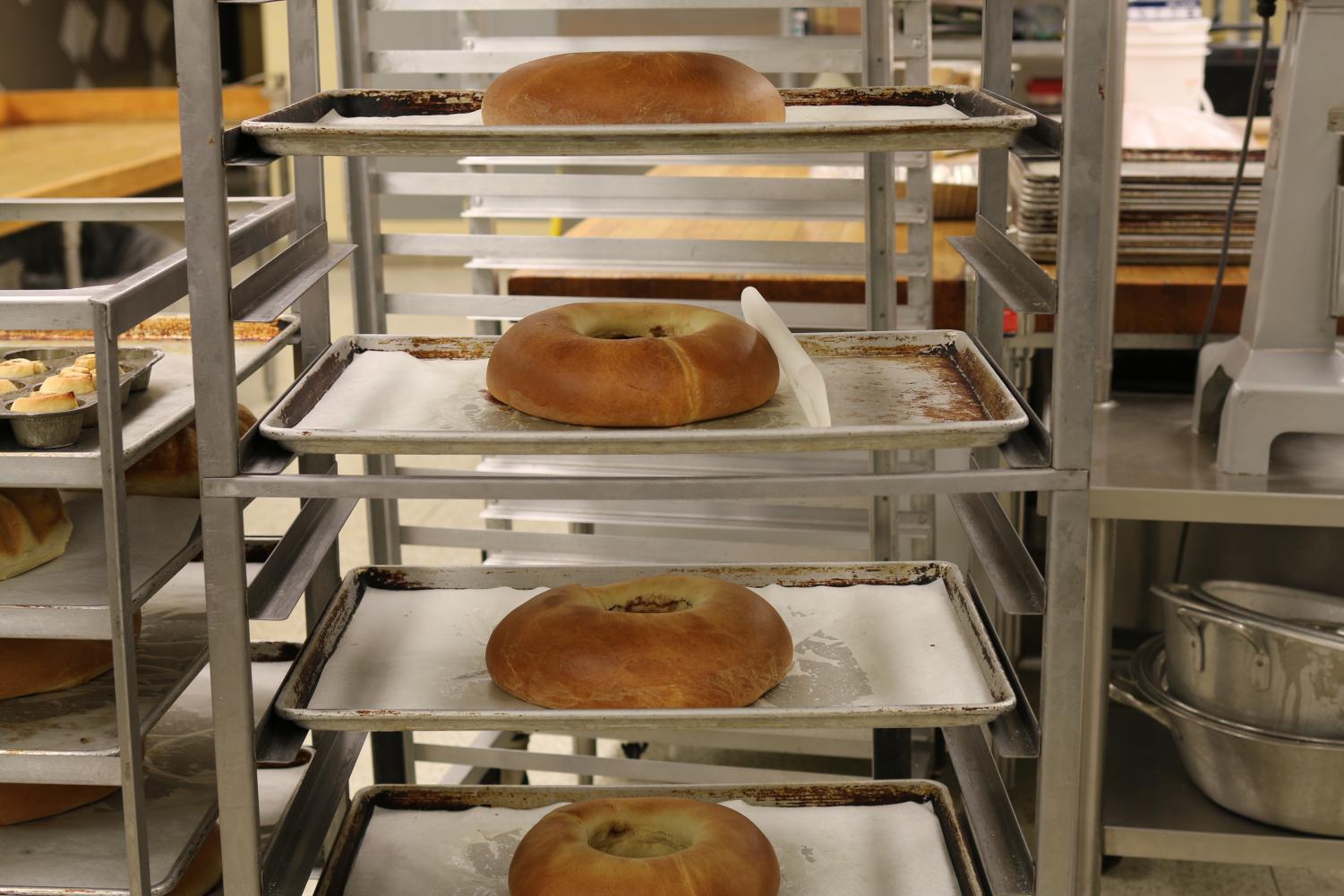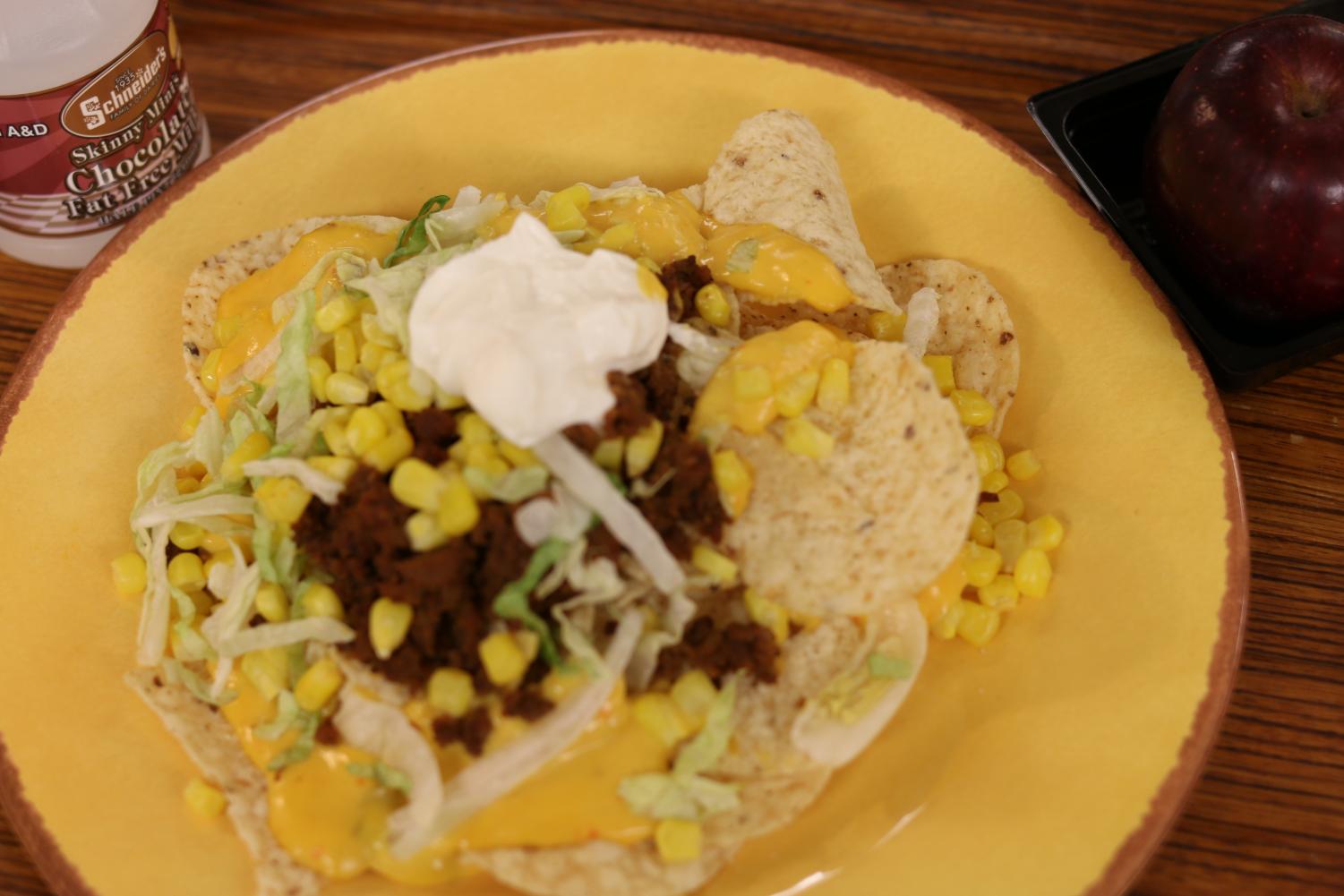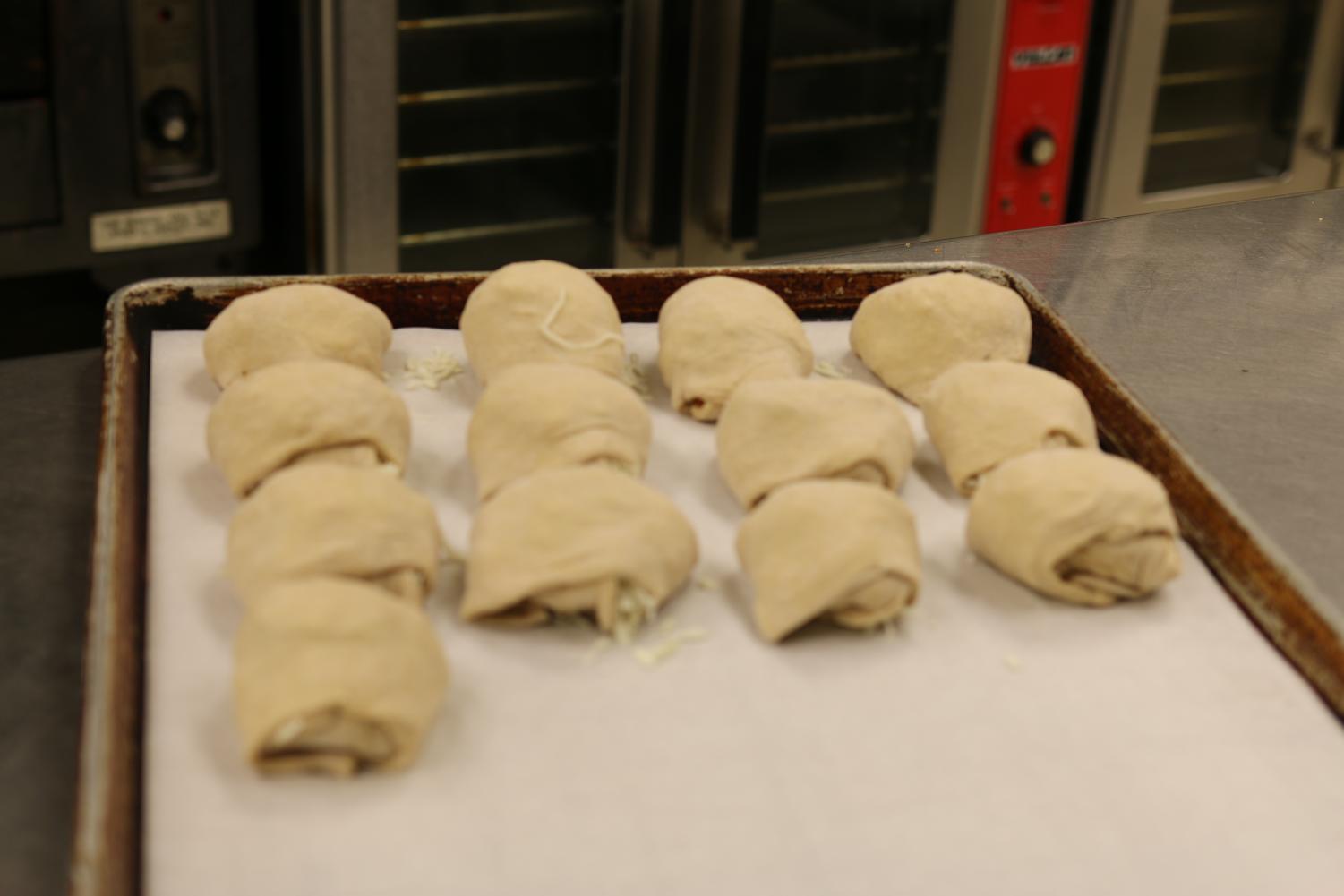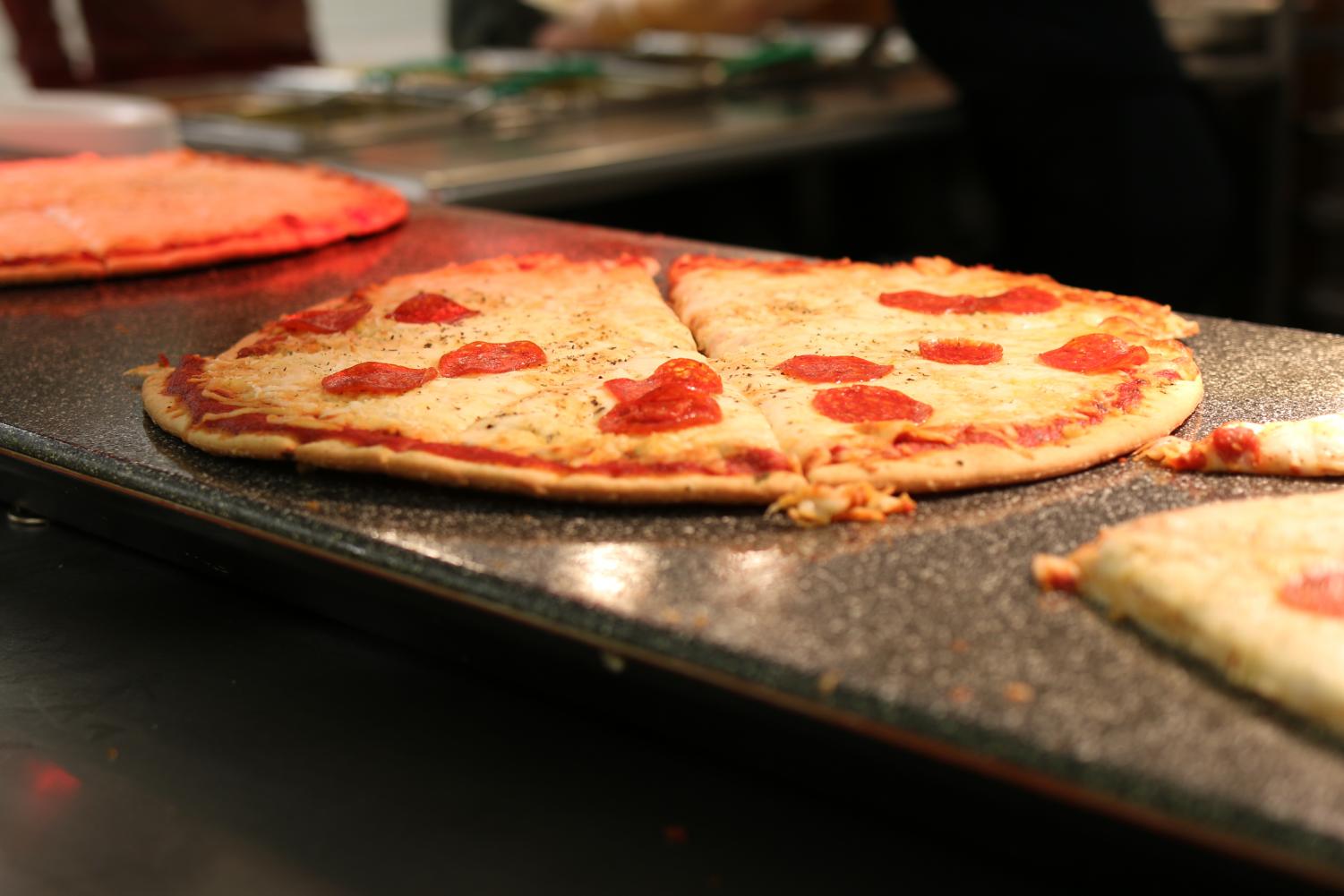And finally, the biggest question of all: what’s actually in cafeteria food? This… this is where it gets odd.
We’ve touched on replacements in food concerning the brownies, as well as other bakery items. But the regulations don’t’ simply extend to entrees but to every snack and beverage in the building.
To understand this, you have to understand something called “Smart Snacks.” This designation outlines that every meal, snack, or beverage must be, among other things, a whole grain product, with the first listed ingredient being a fruit, vegetable, dairy product, grain, or protein and has to contain 10 percent of the daily value of one of the following nutrients: calcium, potassium, vitamin D, or dietary fiber.
For entrees, this is easier to get away with. But it gets interesting when you think in terms of snacks. Everything you eat, from the donuts to chips to Kickstarters, has been altered in the same way the brownies have to meet these standards.
“Even though we might serve Doritos on the serving line, they are not the same ones you might find at the grocery store,” said Ossler. “They’re reformulated to make sure they are Smart Snack compliant.”
This concern doesn’t end in the cafeteria. While fundraisers are exempt from these rules, the vending machines are not. Pepsi products may technically be sold through the Athletics Department, but they still have to be Smart Snack compliant and offer things such as calorie-free beverage options and are transformed in the same way Dorito’s are to fit these standards.
As for the meals themselves? NSLP rules state that all meals must comply with the following:
– Be between 750 and 850 calories daily
– Have less than 10 percent saturated fat
– Contain zero trans fat
– Contain less than 1080 grams of sodium
All dairy products, under NA standards, are hormone-free and low fat, and many items are locally sourced. To reach the target nutrition goal, NA also offers up to four fruits and/or vegetables and must offer the five components with every meal.
It’s not tossing various animal parts in a blender and serving it as “meat.” In reality, that blended substance would have to meet every standard set forth and, unless made from applesauce, it’s highly unlikely it would be Smart Snack compliant.

